Best Companion Plants For Foxgloves
Title: Best Companion Plants for Foxgloves
Introduction:
Foxgloves (Digitalis purpurea) are tall, elegant perennials that are known for their distinctive bell-shaped flowers. They come in a variety of colors, including purple, pink, white, and yellow. Foxgloves are relatively easy to care for and can thrive in a variety of conditions. However, they can be susceptible to pests and diseases, so it is important to choose companion plants that will help to protect them.
In this blog post, we will discuss some of the best companion plants for foxgloves. We will also provide tips on how to plant and care for these beautiful flowers.
Main Content:
Companion Plants for Foxgloves
There are many different plants that can be grown as companions for foxgloves. Some of the best options include:
- Astilbe: Astilbe is a shade-loving perennial that adds graceful plumes of flowers to the garden. It helps to suppress weeds and improve the soil drainage around foxgloves.
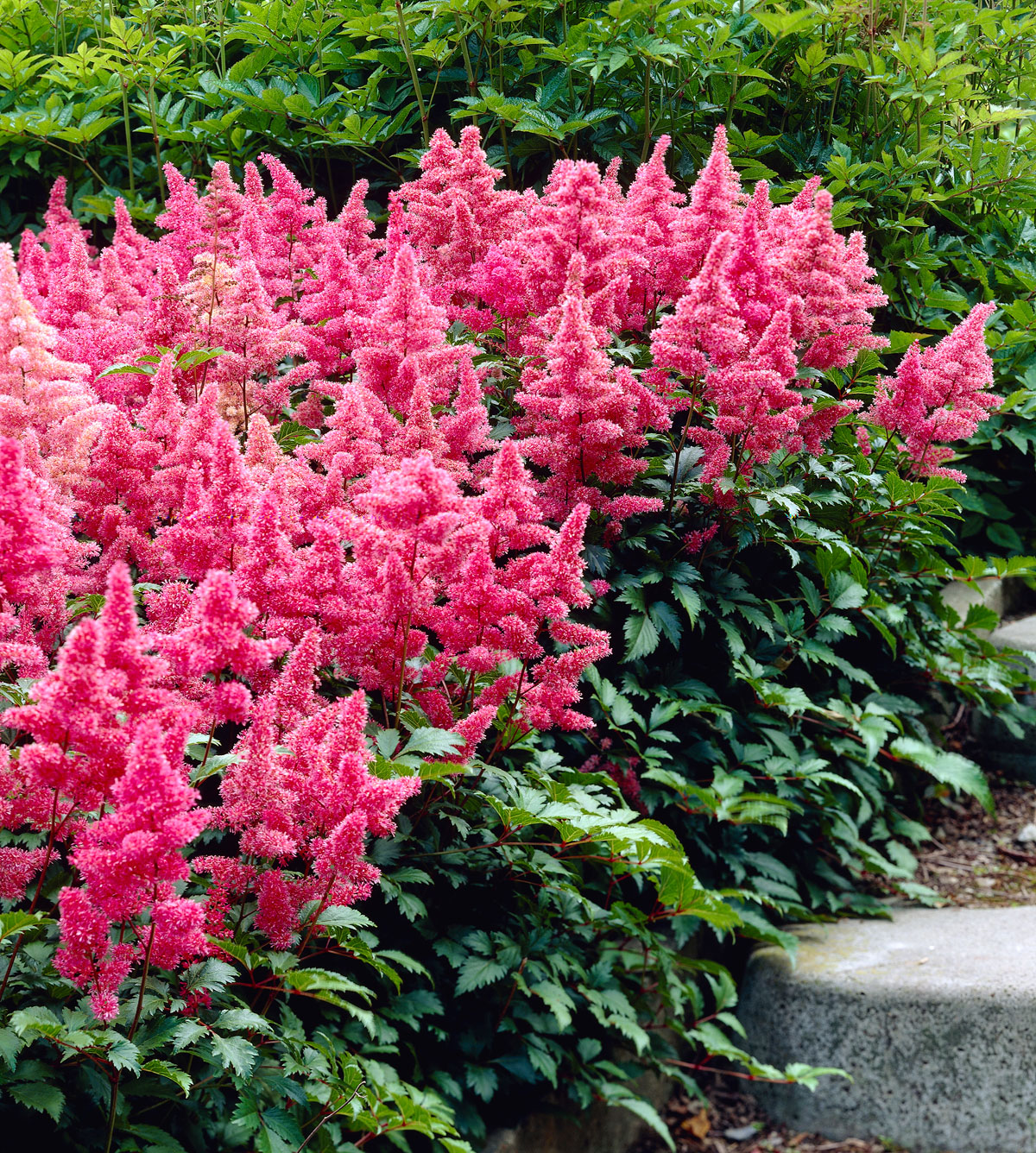
- Brunnera macrophylla: Brunnera is a hardy perennial with large, heart-shaped leaves and blue flowers. It is tolerant of shade and moist soil, making it a good companion for foxgloves.
- Calamagrostis acutiflora: Calamagrostis is a tall, grass-like perennial that adds movement and texture to the garden. It is tolerant of full sun and dry soil, making it a good companion for foxgloves that need well-drained soil.
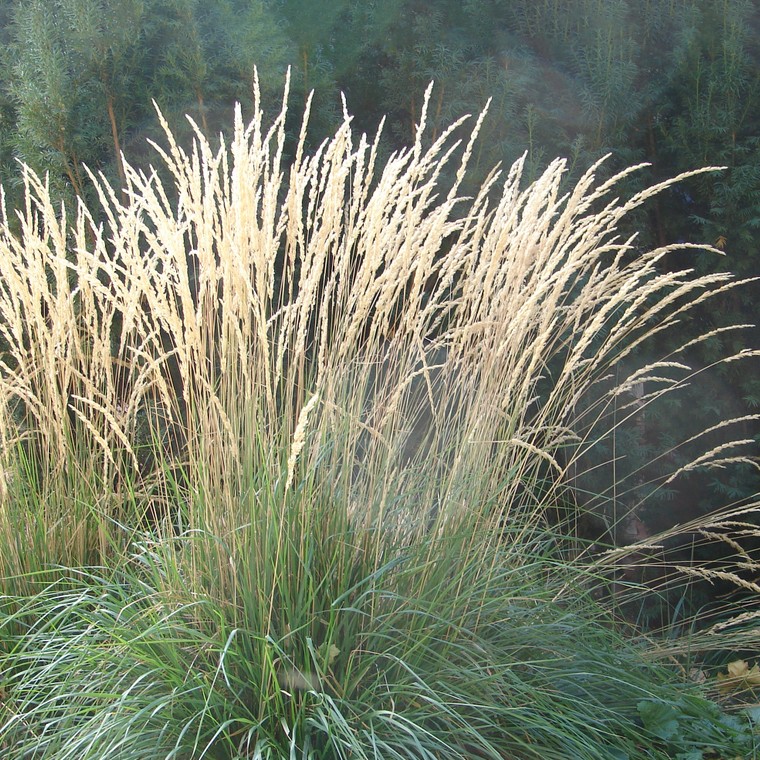
- Echinacea purpurea: Echinacea is a tall, herbaceous perennial that is known for its daisy-like flowers. It is a good companion for foxgloves because it attracts pollinators and helps to deter pests.
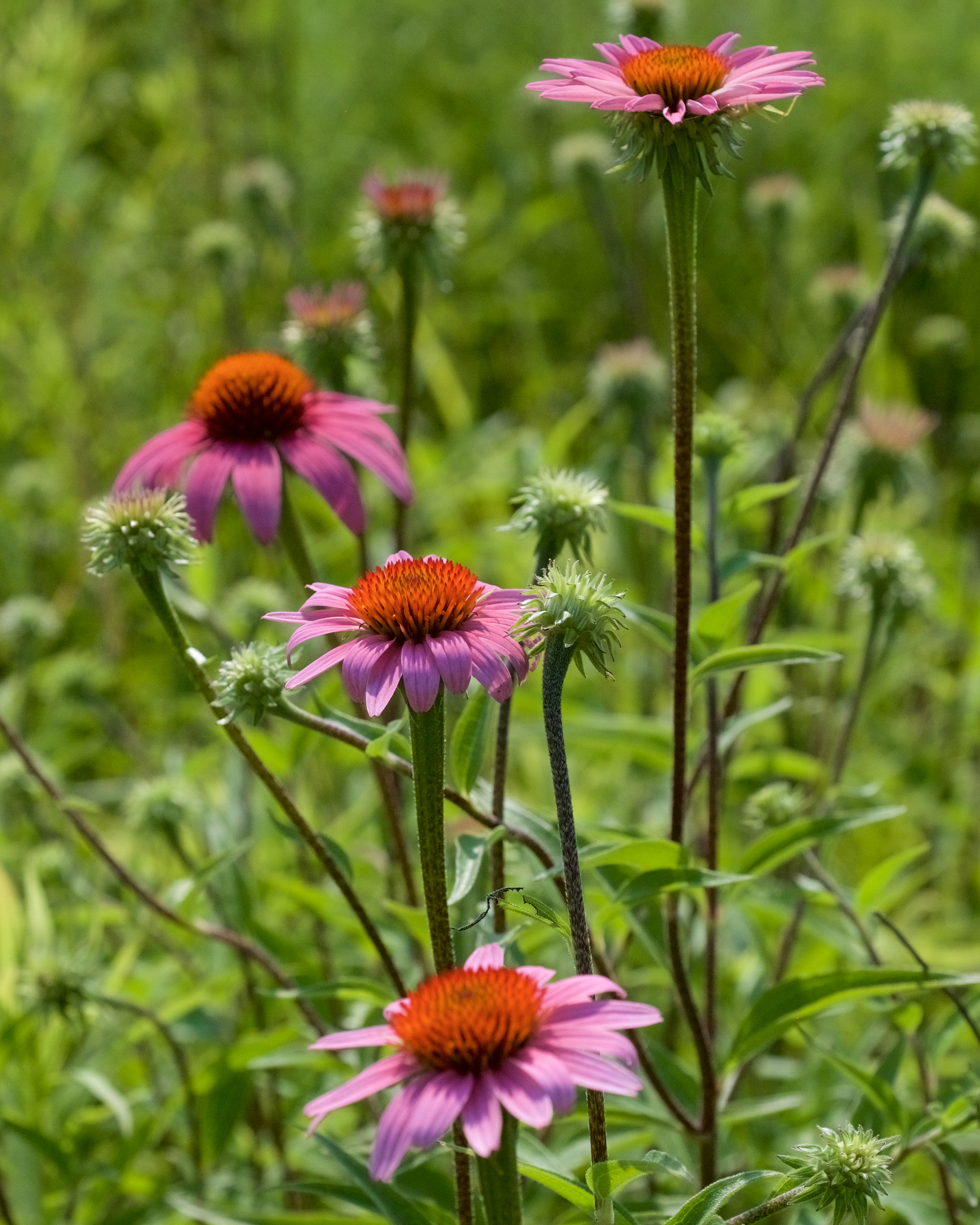
- Geranium maculatum: Geranium is a low-growing perennial with attractive foliage and clusters of pink or white flowers. It is tolerant of shade and moist soil, making it a good companion for foxgloves.
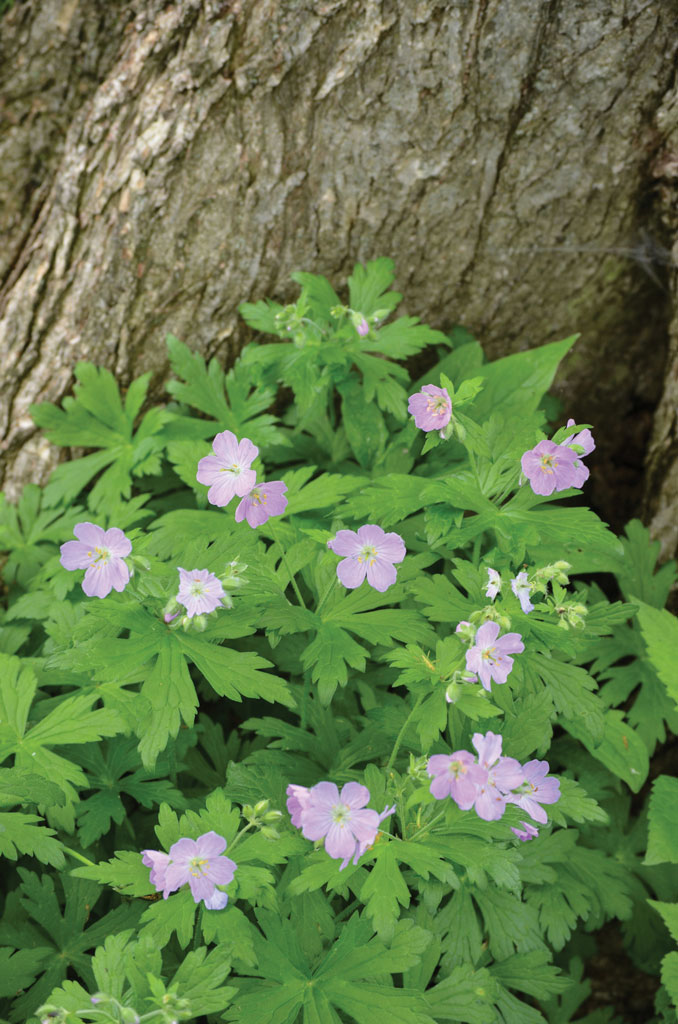
- Hosta: Hosta is a shade-loving perennial that is known for its large, colorful leaves. It is a good companion for foxgloves because it helps to suppress weeds and improve the soil drainage around them.
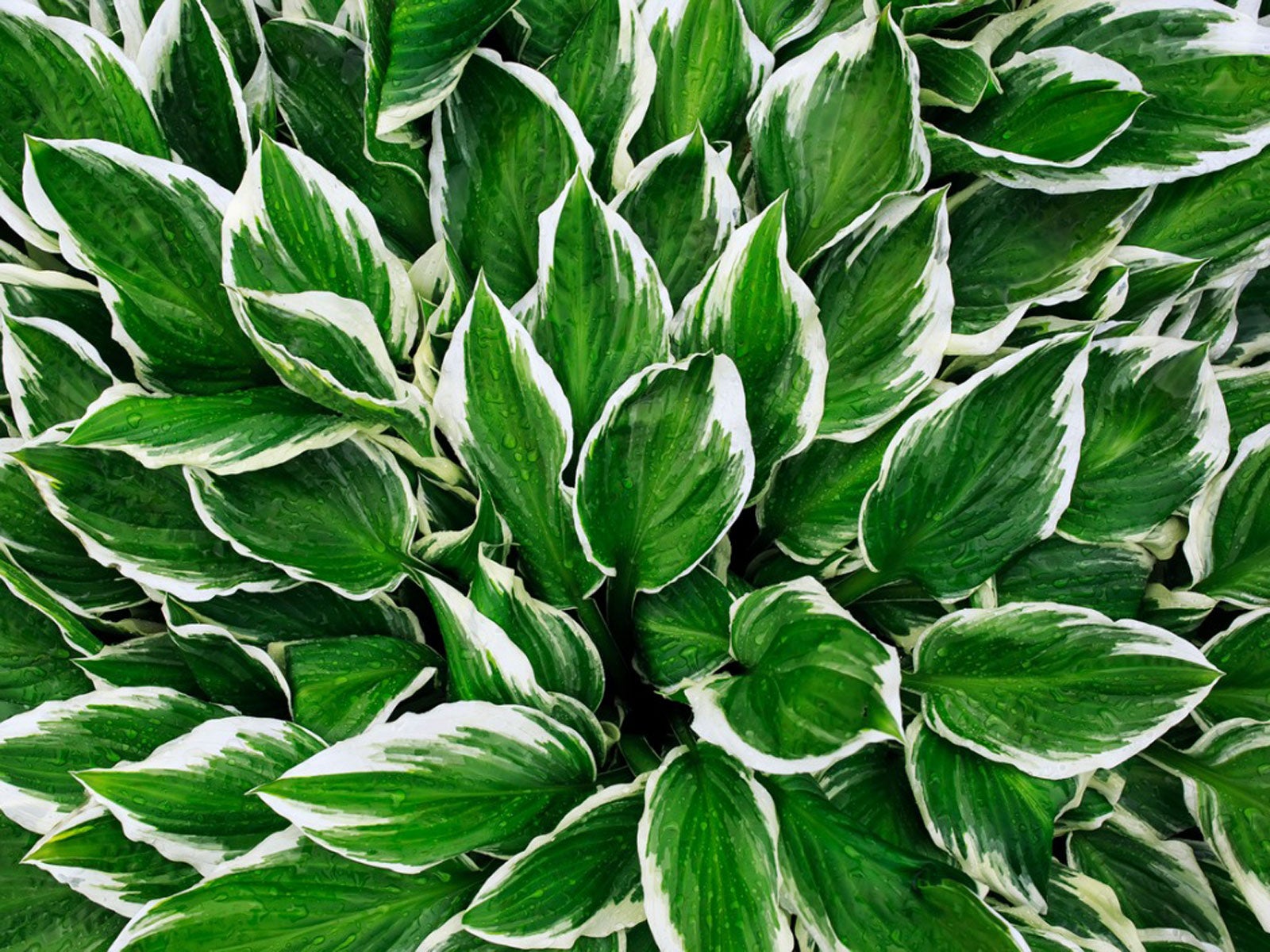
- Lilium: Lilies are tall, colorful flowers that add a touch of elegance to the garden. They are tolerant of full sun and well-drained soil, making them a good companion for foxgloves.

- Monarda didyma: Monarda is a tall, herbaceous perennial that is known for its spikes of lavender-pink flowers. It is a good companion for foxgloves because it attracts pollinators and helps to deter pests.

- Phlox paniculata: Phlox is a tall, herbaceous perennial that is known for its clusters of colorful flowers. It is tolerant of full sun and well-drained soil, making it a good companion for foxgloves.
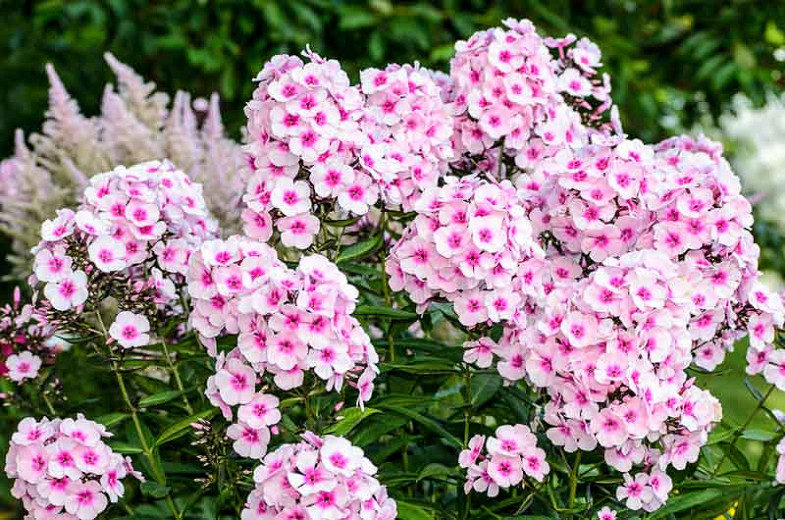
- Sedum spectabile: Sedum is a low-growing, succulent perennial that adds color and texture to the garden. It is tolerant of full sun and dry soil, making it a good companion for foxgloves that need well-drained soil.

Tips for Planting and Caring for Foxgloves
Foxgloves are relatively easy to care for, but there are a few things you can do to ensure that they thrive.
- Plant foxgloves in a location that receives full sun to partial shade.
- The soil should be well-drained and rich in organic matter.
- Water foxgloves regularly, especially during the first year after planting.
- Fertilize foxgloves every spring with a balanced fertilizer.
- Deadhead spent flowers to encourage more blooms.
- Divide foxgloves every 3-4 years to keep them healthy and vigorous.
With proper care, foxgloves will reward you with beautiful blooms for many years to come.
Conclusion:
Foxgloves are beautiful and versatile flowers that can be enjoyed in a variety of settings. By choosing the right companion plants, you can help to create a healthy and thriving garden.
Foxgloves are beautiful flowers that can add a touch of elegance to any garden. But did you know that there are certain companion plants that can help them thrive?
Some of the best companion plants for foxgloves include:
- Ferns: Ferns provide shade and moisture for foxgloves, and their delicate leaves help to soften the look of the taller plants.
- Hostas: Hostas are another shade-loving plant that can help to suppress weeds and provide nutrients for foxgloves.
- Daisies: Daisies add a touch of bright color to foxglove borders, and they can help to attract pollinators.
- Lavender: Lavender is a low-maintenance plant that can help to deter pests from foxgloves.
- Snapdragons: Snapdragons are tall, colorful flowers that can be planted in front of foxgloves to create a cascading effect.
For more information about companion plants for foxgloves, please visit Home Gardening.
FAQ of companion plants for foxgloves
- What are some good companion plants for foxgloves?
Foxgloves are tall, upright plants that prefer partial shade and moist soil. Some good companion plants for foxgloves include:
Astilbe: These feathery-flowered perennials add color and interest to the garden, and they also prefer the same growing conditions as foxgloves.
Ferns: The delicate fronds of ferns provide a nice contrast to the bold flowers of foxgloves.
Hostas: These shade-loving perennials have large, attractive leaves that can help to hide the foxgloves' lower stems.
Lavender: This fragrant herb is a good choice for sunny areas, and it can help to deter pests from foxgloves.
Snapdragons: These colorful annuals bloom at the same time as foxgloves, and they can help to fill in any gaps in the garden.
What should I avoid planting with foxgloves?
Some plants that should be avoided planting with foxgloves include:
Other tall plants: Planting foxgloves with other tall plants can create a crowded and untidy look.
Plants that need full sun: Foxgloves prefer partial shade, so planting them with plants that need full sun can stress them out.
Plants that need dry soil: Foxgloves prefer moist soil, so planting them with plants that need dry soil can lead to root rot.
How do I plant foxgloves with other plants?
When planting foxgloves with other plants, it is important to consider the size and growth habit of each plant. For example, if you are planting foxgloves with tall plants, such as delphiniums, you will need to make sure that they have enough space to grow. You should also consider the sun and soil requirements of each plant. For example, if you are planting foxgloves with hostas, which prefer shade, you will need to plant them in a shady location.
- How do I care for foxgloves and their companion plants?
Foxgloves and their companion plants need regular watering, especially during hot, dry weather. They also need to be fertilized once a month during the growing season. In the fall, you should cut back the foxgloves to the ground. This will help them to survive the winter and come back strong the following year.

Post a Comment for " Best Companion Plants For Foxgloves"